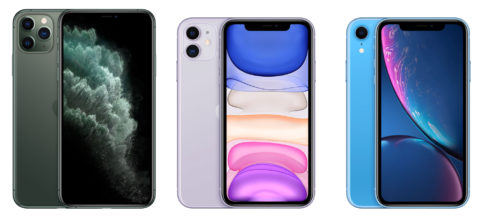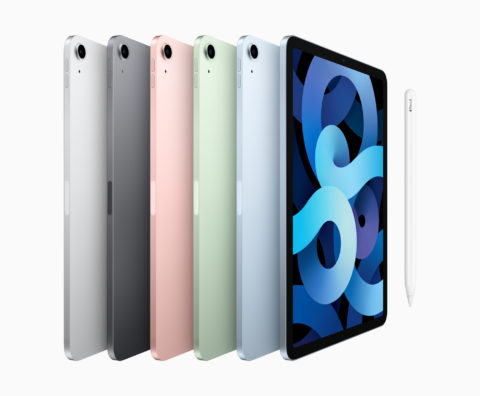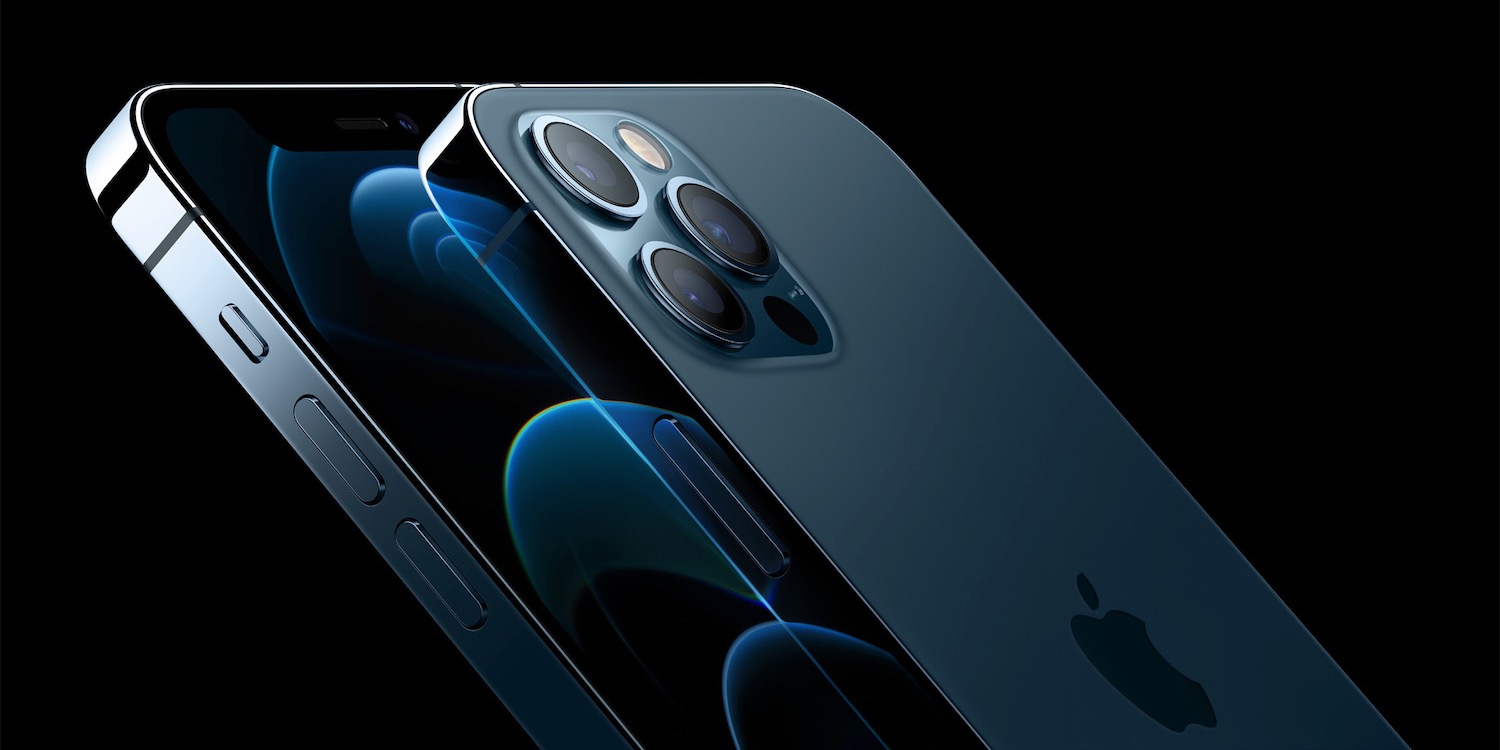Apple’s mid-range devices are now better than just ‘better’
Good. Better. Best. This method of fashioning a product line is smart if you want people to care about your products — and it’s something Apple has used for years. At the entry level, you offer something that is cheap enough to tempt the masses, but not cheap in a throwaway sense. It’s still a quality product, likely to last for years, but affords you little luxury. Conversely, at the high end, you have the premium tier, with all the bling, bells and whistles. ‘Better’ sits somewhere in the middle, for people who want more than the minimum but can’t afford the most expensive kit.

2019’s iPhones. In the middle is the iPhone 11, which had a worse display than the Pro models, but more features than the older iPhone XR
In 2019, the ‘better’ iPhone and iPad models, respectively, were the iPhone 11 and iPad Air. These were fine devices and meaningfully superior to those gadgets in the ‘good’ slots (older iPhones and the standard iPad). However, there was a distinct sense of compromise. The iPhone 11 had the same chip as the Pro but a noticeably inferior display. The iPad Air got a better display than the standard iPad (with True Tone and lamination that stopped it being a mirror in sunlight), a faster chip, and a better FaceTime camera, but was lumbered with a dated design and iffy speakers, and it only supported Apple’s older, inferior first-gen Apple Pencil.
A year later and a lot has changed. The iPhone 12 now has an almost identical display to the iPhone 12 Pro. Its typical max brightness is a touch lower, but otherwise the main difference between these two devices is the rear camera system — the iPhone 12 has a dual wide/ultra wide set-up, whereas the Pro adds a telephoto lens and LiDAR. If you’re not fussed about the more advanced camera system in the Pro, however, you can save well over a hundred bucks (two hundred if going for the smaller iPhone 12 mini) without compromising the rest of your experience.

2020’s iPad Air looks a lot like the iPad Pro, as opposed to the 2019 model’s more dated design.
Over in iPad land, we find a similar evolution. Instead of shoving a modern iPad’s guts into a classic iPad’s skin, the iPad Air now gets Apple’s newest chip (which in some cases outperforms the one in the iPad Pro), USB-C instead of Lightning, and the sleek new form factor found in Apple’s flagship iPads. There’s no Home button, the edges are flat, and it looks magnificent. Sure, there are compromises — no ProMotion, Touch ID instead of Face ID, and only one rear camera; but on balance that’s still a mite more luxury in the ‘better’ slot than you got a year ago.
Given that these devices are pricier than their equivalents from 2019, it’s a good job they are a legitimately better kind of better this year. If you can stretch that little bit extra, you no longer have to stretch as far as the flagship devices to enjoy more of their benefits. Naturally, whatever you choose, Apple will be making a lot of money from you anyway; but in 2020, you’ll be buying with less of a sense of compromise, acquiring mid-range devices with great value and that feel a lot more like the future than the past.

